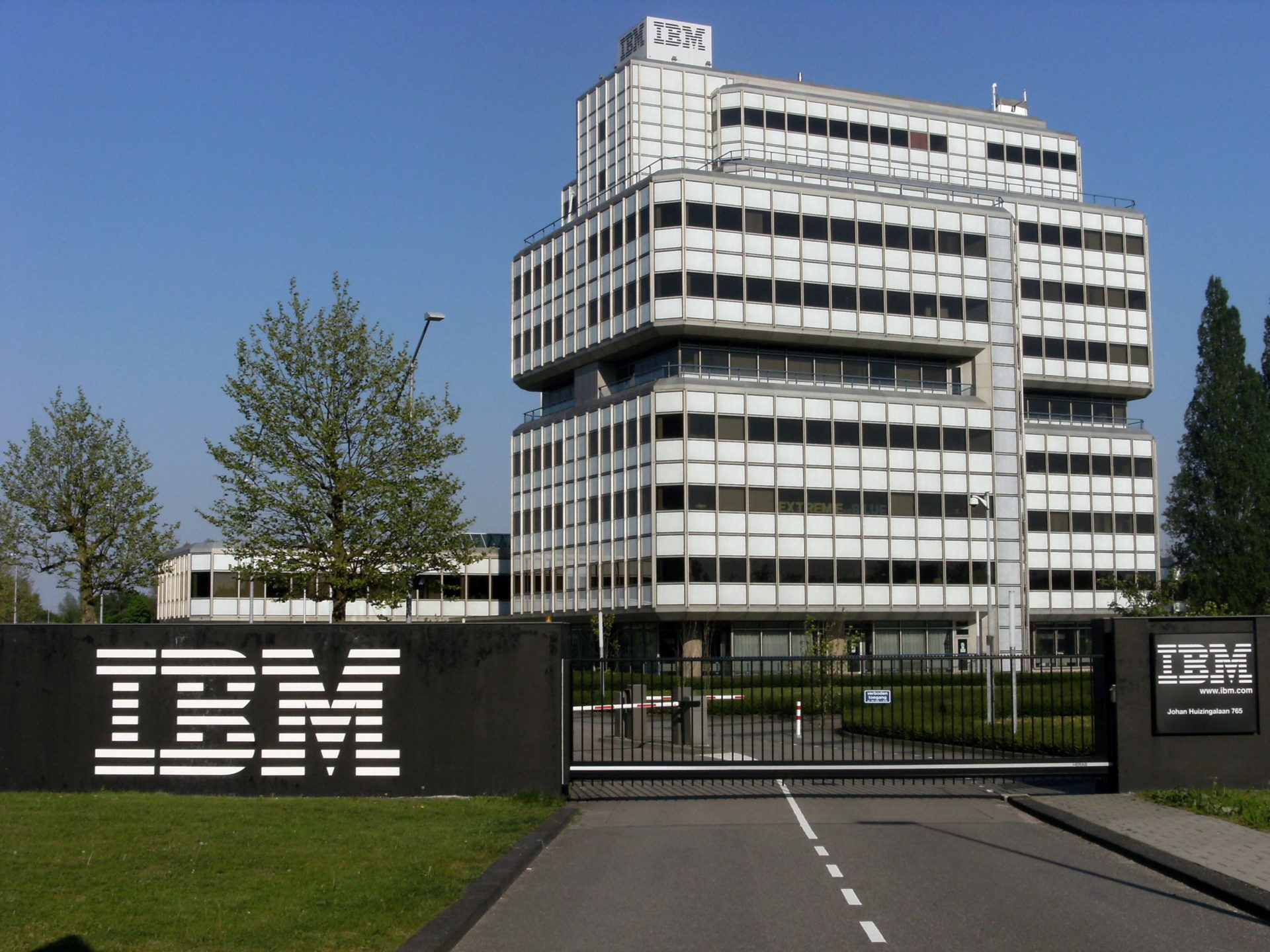IBM produces and sells computer hardware, middleware and software, and provides hosting and consulting services in areas ranging from mainframe computers to nanotechnology. Inventions by IBM include the automated teller machine (ATM), the floppy disk, the hard disk drive, the magnetic stripe card, the relational database, the SQL programming language, the UPC barcode, and dynamic random-access memory (DRAM). The IBM mainframe, exemplified by the System/360, was the dominant computing platform during the 1960s and 1970s.
The company’s milestone:
-1911 – IBM is founded as the Computing-Tabulating-Recording Company. It is created out of the merger of three companies: the Computing Scale Company, the Tabulating Machine Company, and the Time Recording Company.
– 1928 – IBM invents the first public address system for schools. The morning announcement becomes a feature of American childhood.
– 1933 – IBM begins to produce electric typewriters, a distant precursor of the personal computer business they would someday create.
– 1935 – The Social Security Administration selects IBM to build its data management machines for the new Social Security program.
.jpg)
– 1943 – IBM invents the first completely electronic computing machine, the Vacuum Tube Multiplier.
– 1942 – Thomas Watson takes over the company and changes its name to International Business Machines, or IBM.
– 1944 – In partnership with Harvard, IBM invents the Automatic Sequence Controlled Calculator, or the “Mark I.” This is the first fully functional computer and is based on electromechanical switches.
– 1952 – Under the leadership of Thomas Watson Jr., IBM begins to grow its business computing business. It sells mainframe computers based on its vacuum tube design, and quickly becomes the dominant company in that market.
– 1956 – IBM invents its RAMAC line of products. These are the first machines to use magnetic data storage in the form of a series of spinning magnetic discs. This architecture would become the dominant model for data storage until the 2010s.
– 1957 – IBM invents FORTRAN, a computer coding language that would form the basis for most other modern coding languages.

– 1981 – IBM launches its first desktop computer aimed at consumers. The PC quickly becomes a model for modern computing, one which is copied by numerous competitors.
– 1991 – Facing a declining mainframe market and heavy competition in the personal computer market, IBM decides to focus on its business services division.
– 1996/1997 – Deep Blue, IBM’s artificial intelligence, plays world chess champion Garry Kasparov. Kasparov wins the first match, but loses the second—the first time a computer has ever beaten a world champion in a traditional match.

– 2003 – The year 2003 also witnessed further innovation at IBM, including the introduction of the world’s most advanced server, the eServer z Series 990; the eServer p690 system, offering 65 percent more speed than its predecessor; and two new high-end iSeries servers: iSeries 825 and 870.
– 2005 – IBM sells its personal computing division to Lenovo, shifting its focus toward the business services model that still makes up the majority of the company’s profits today.
– 2011 – IBM gained worldwide attention for its artificial intelligence program Watson, which was exhibited on Jeopardy.

– 2016 – The company launched all-flash arrays designed for small and midsized companies, which includes software for data compression, provisioning, and snapshots across various systems.
– 2020 – IBM ranked No. 38 on the 2020 Fortune 500 rankings of the largest United States corporations by total revenue.
According to zippia.com; thestreet.com; en.wikipedia.org. Source of photo: internet








